A Photographer’s Love Letter to Moody Plants
A personal photo project about underexposing, creative survival, and the quiet drama of nature.
Moikka (hi in Finnish 👋🏻)
I’ve been in a publishing rut for weeks now. You haven’t heard from me in ages. I promise, it’s not you, it’s me. 😁
Nope, it’s not writer’s block. Actually, quite the opposite. I have so many wonderful drafts about photography, parenthood, dogs, running a creative business, just running… But I can’t get myself to publish them. Sometimes it’s about the lack of images (a photographer can’t lower her standards, eh?), but sometimes it’s more serious — a case of is this enough on brand?
What the heck. Why do I think like this?
I don’t want to!
And that’s why today we’re going to talk about photographing plants.
My kid made me do it
I kicked off my ongoing photo series called Moody Plants three years ago. My kid had just turned one, and I was a (gosh, I hate this word) stay-at-home-mom.1
Moody Plants series is all about dark, moody portraits of plants. I try to photograph them the same way I’ve photographed dogs2 and people for the past 15 years.
But what does my kid have to do with it? A lot, actually. He’s the reason I have so little time on my hands for these special projects. It’s all good, though. The limited resources just make the creative juices flow faster.
Which made me think about this idea I once learned3 about creativity.
Creativity is a river
A river flows only because it has banks. And for the same reason, a lake doesn’t flow. Lakes just sit there, all passive and floppy. Creativity can be seen as a river. It flows powerfully when it has boundaries.
And that’s exactly what happened to my creativity stream once my son entered this world just over four years ago. I got. so. creative.
When he was four months old, in July 2021, I took a late-night stroll. In Finland there’s still plenty of light after 9 p.m., so I grabbed my camera. I ended up taking photos of cottongrass with my grand old lady (rip).
When I got back home, I posted this to Instagram:
A baby has been good for my creativity. Before him, I had this much |———————| time to myself and now I have about this much |-|. I'm not more talented or skilled than I was before, but probably more willing to act. I pull the car over when I see something interesting, and head toward the cottongrass after putting a heartbroken, crying baby to sleep. I do it because I never know when I’ll get another chance…
Sometime all you need is one cottongrass image to get inspired, to have an idea. One year later I took my first moody plant portrait.
When day becomes night – Underexposing in camera
Underexposing has always (or “always”) been my go-to technique in photography. In a nutshell, it means creating darker tones by not letting so much light into the camera. It suits my melancholic nature (or pessimistic soul, as my mom calls it).
I fell in love with this technique in 2014, when I took part in Fer Juaristi’s workshop in Helsinki. The technique is, of course, as old as photography.
Modern cameras can handle underexposure quite well thanks to improved dynamic range. They can capture details in both shadows and highlights without everything turning pitch black or completely blown out.
This matters because when you underexpose, you’re exposing for the brightest spot and letting everything else fall into darkness. Later, you retrieve the details and tones from the shadows using editing software like Adobe Lightroom.
What I love most about underexposing isn’t just the dark mood, it’s the whole process: Searching for the right light. Seeing almost nothing on the screen. And then, bringing the image to life in post-production.
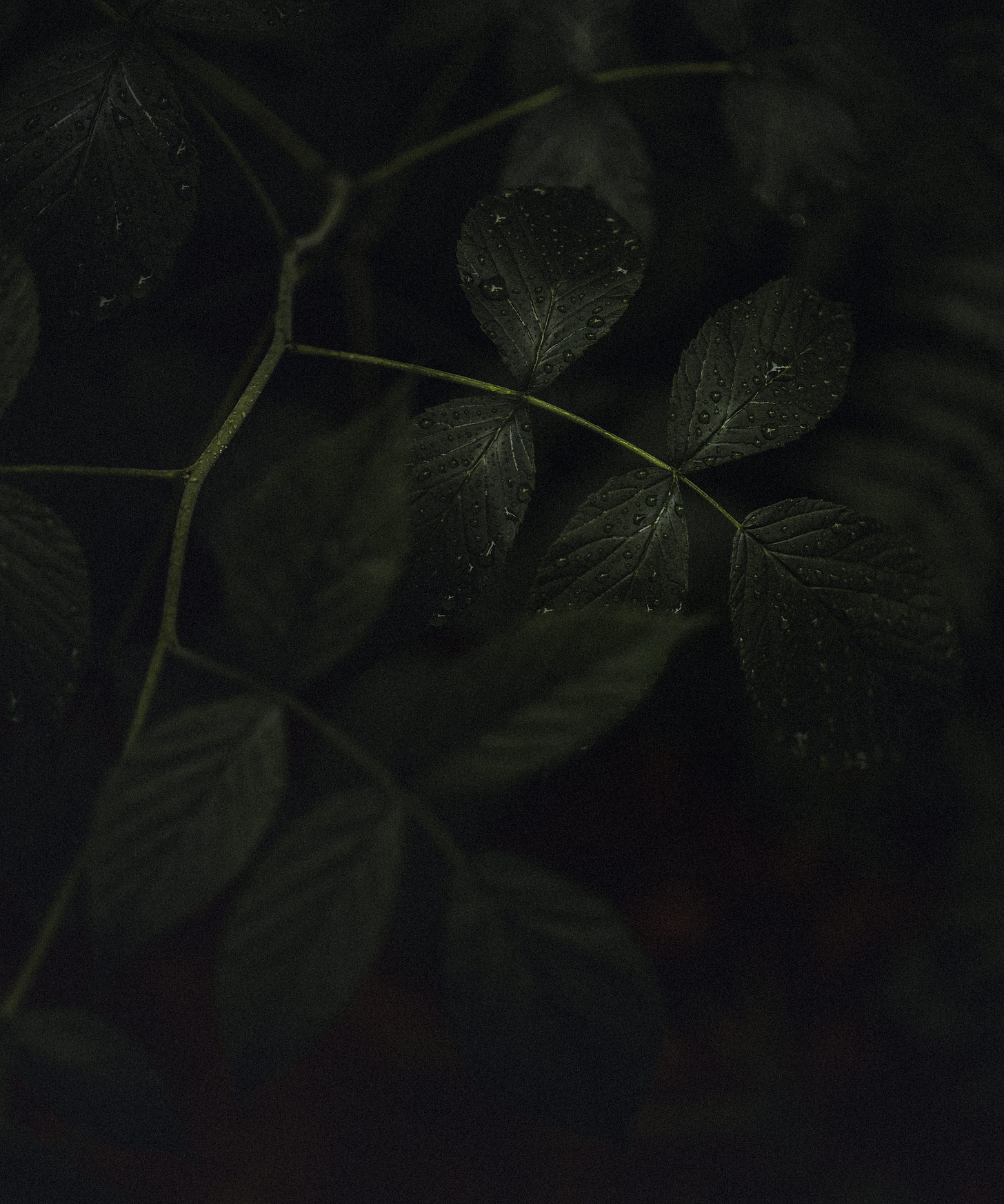
Tips for underexposing your images
Here are a few things to keep in mind if you want to try underexposing:
Use the lowest ISO you can – it helps reduce grain in post-processing.
Expose for the brightest area – for example, a water droplet reflecting sunlight. Sometimes all you’ll see on your screen is that one tiny spot.
Shoot RAW – it gives you the flexibility to recover details in editing.
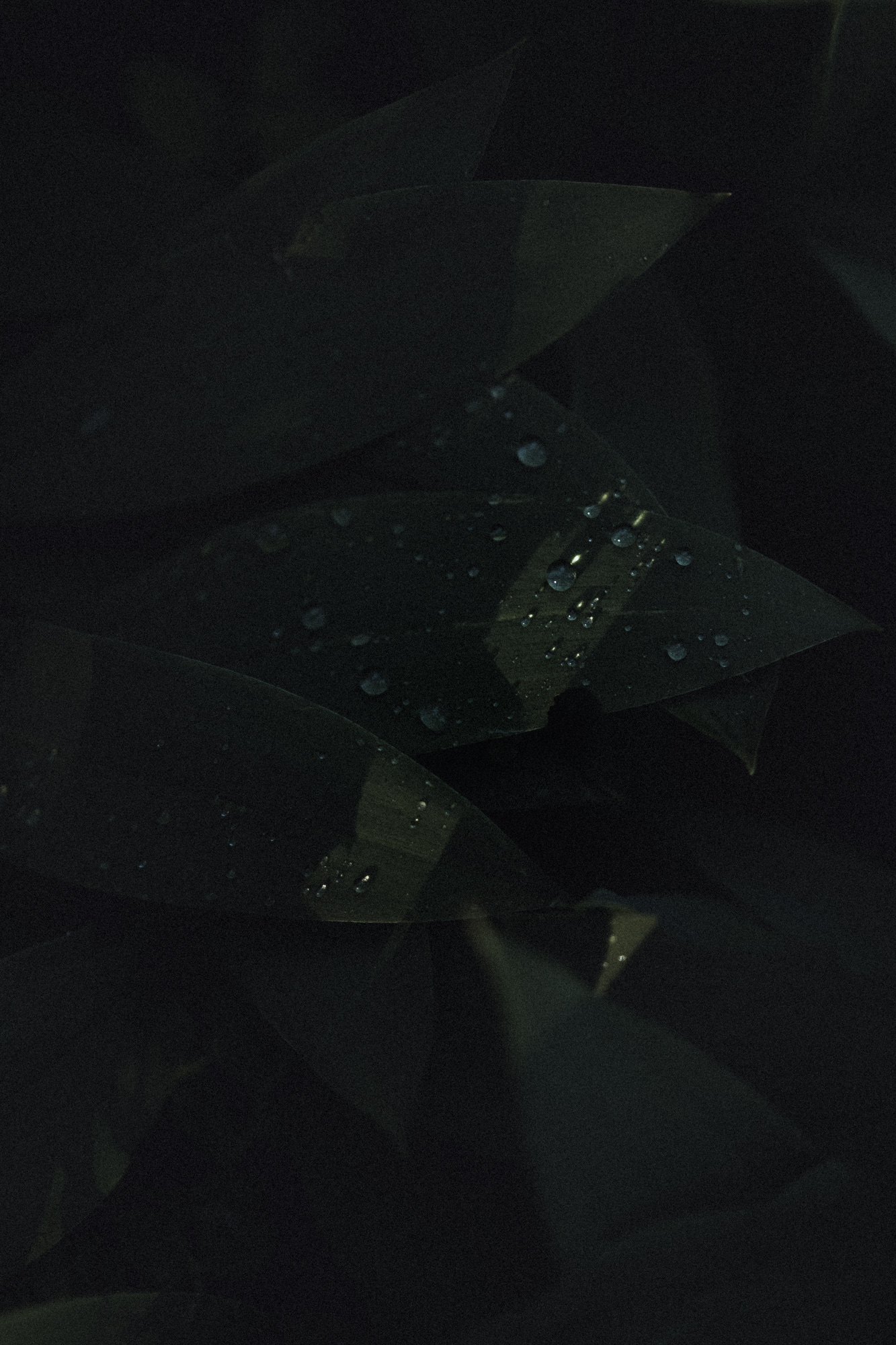
Moody Plants in the making
It all started on a regular walk with my then two dogs. I had taken the cottongrass image a year earlier but had recently seen the movie Mank. I was inspired by the night scene which cinematographer Erik Messerschmidt created by using an old technique to film “day for night”. I thought, I could try to achieve something similar, but with plants.
I strolled my usual route into the woods, passing a fence covered in a massive creeper. The creeper was asymmetrical, but like always, there’s symmetry in asymmetry. I’m always looking for leading lines and layers, though it’s often a subconscious process. I might not even notice the gems until I’m at my computer.
The image of the creeper isn’t perfect in any way, but it was a great start. It laid the foundation for the process, and a handful of rules too:
Shoot on a sunny day to get good light, but always shoot in the shade. Shade looks different on a sunny day. The light is more… light?
Underexpose a bit too much to create a moody look. When you think the image is dark enough, go a bit darker.
Compose in an interesting way to emphasize the fact that nature has its ways when it comes to art. Don’t move a straw!
That image paved the way for many more to come during the summer of 2022.
Flora as subject and collaborator
I’ve always been more interested in how things are than in how I can manipulate reality. Perhaps that’s why I find street photography and documentary styles so satisfying, and by contrast, many AI-generated images so incredibly boring. I kept this in mind when I started creating Moody Plant portraits.
I quickly discovered that my style (minimal, symmetrical, simple) suits this series well. If I’m willing to work my angle, I’ll see how nature composes its plant life perfectly. These images are waiting to be commemorated. Just underexpose and click.
When I started the series, I was photographing mainly in my own neighborhood. I began to see so many beautiful things in ditches, clear-cut areas, and on the paths I walk daily. Later, I decided to treat this project as a flora study4 of my home county, Sipoo.
(This said, I sold one framed print of Wild Angelica taken in Helsinki as part of this series, but let’s just call it an exception to the rule.)
Simplicity to the gear
When I’m out and about with my dog, I don’t want to carry a camera bag. I use my cropped sensor Fuji X-T3 with the 33mm f/1.4 lens (equivalent to 50mm) οn. I’ve tried every other lens for this, but the results just aren’t what I want.
I actually wanted to shoot a tiny spin-off series in Tuscany during our 2023 trip, but I wasn’t happy with the results using the Fuji X100V + 50mm adapter lens. I want to shoot wide open most of the time, so there’s a big difference between these two lenses. The 33mm is faster and, of course, renders more beautifully. It has a film-like feel to it.
When I worked with Nikon, I had a wonderful 105mm macro lens. I’ve been thinking about getting something similar for my Fuji gear, especially to photograph the tiniest of plants individually instead of in clusters. But since this is a personal project (which has earned me less than €2,000 so far), I can’t justify buying a professional macro lens. Maybe I’ll rent one this summer and see how it goes.
The importance of personal projects
When I worked full-time as a portrait photographer, I always had personal projects on the side. Always. I find them essential for two reasons:
They push the photographer out of their comfort zone and teach new things.
But just as importantly, they let us create something just for the sake of creating.
We’re never completely free when we work for clients. Money and expectations always guide the outcome. That’s why it’s so important to witness where our soul wants to go.
A personal project doesn’t have to be anything grand. It can be one day a month that you steal for yourself to shoot on the streets, or it can be an ongoing project like Moody Plants is for me. I love this series because it keeps me creating, but in a very easy and natural way. Do I go out to the woods every day? Yes, I do. Could I take the camera with me? So easily.
Nature’s art never ends
To some, it might look like my daily walks (or bike rides, as I now go further in search of specific subjects like a beautiful birch grove) are all the same. But they’re not. The light changes each day. The wind shifts. My mind decides what it wants to explore or notice today.
This series has most importantly helped take my mind elsewhere. It has been valuable to me as a parent, but also as a professional who needed a reminder that she’s more than the money in her bank account or the number of shoots in her calendar. Post-COVID times have been hard for many creatives, and the state of the world isn’t making it any easier.
The most amazing thing about this project is that it reminds me just how vast the world of moody plant moments is. It tells me that there are thousands of photo ops every day, everywhere. That nature’s art is bigger than me. That it exists without us. That it was here before me and will stay long after me.
My job is just to look and to care. To underexpose. To click.
Until next time,
Nani
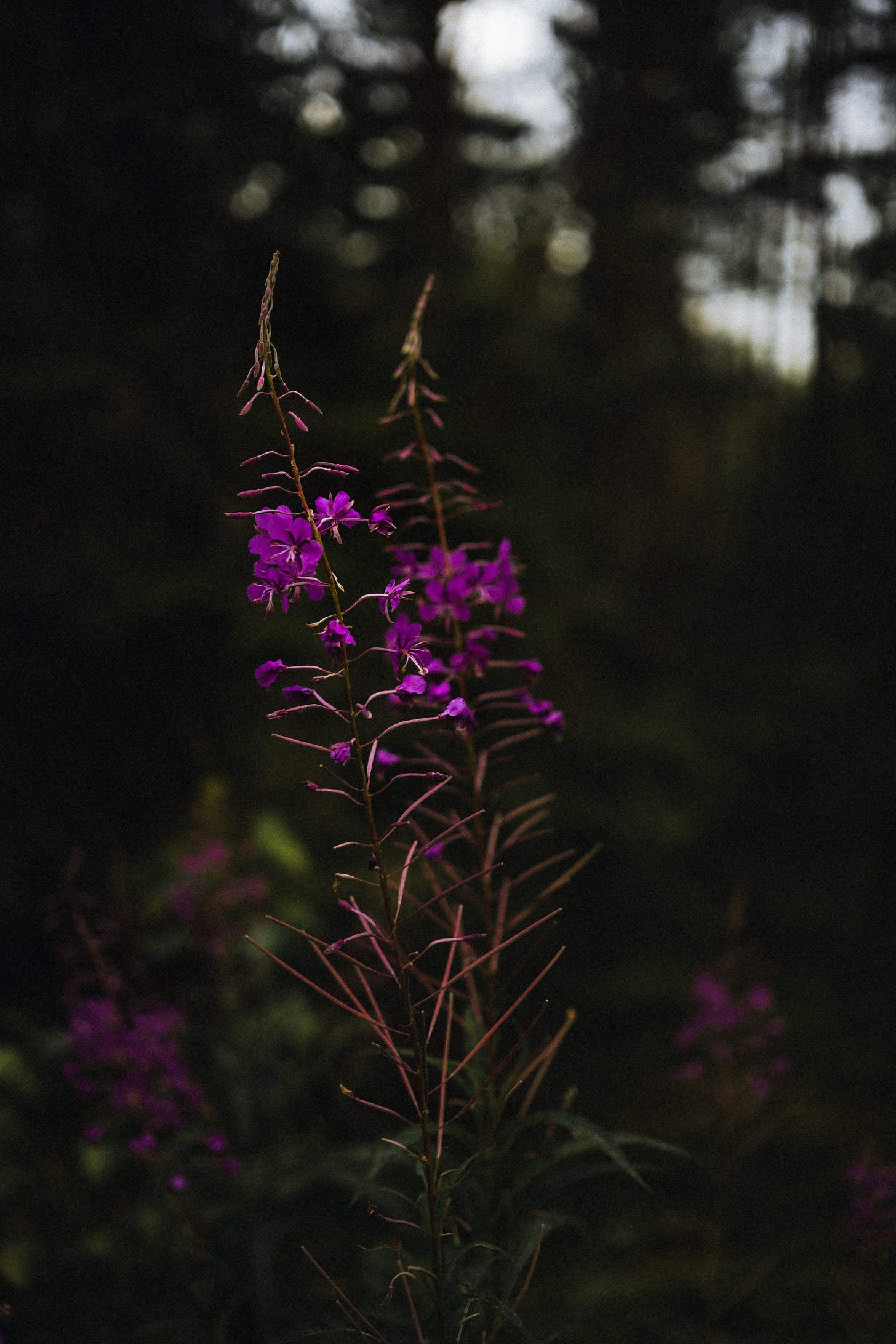
Have you ever had a personal project that helped you reconnect with yourself? Or a moment in nature that felt bigger than art? I’d love to hear.
You might also like:
Except that I wasn’t. I got back to business when he was 8 weeks old. It’s not easy being an entrepreneur and having a baby, but then again, being self-employed allowed us to keep him at home until he was two and a half. That was a big blessing.
I entered the market as a dog portrait photographer back in 2009. That’s a story for another time, but in a nutshell: dog portraiture actually paid my bills for years.
I’ve been trying to Google the origin of this idea for years now, but haven’t had any luck. If you happen to know who said it first, please share the details with me!
Remember those flora collecting folders we had to compile in school as kids? I never did it, but this is my digital version of it.






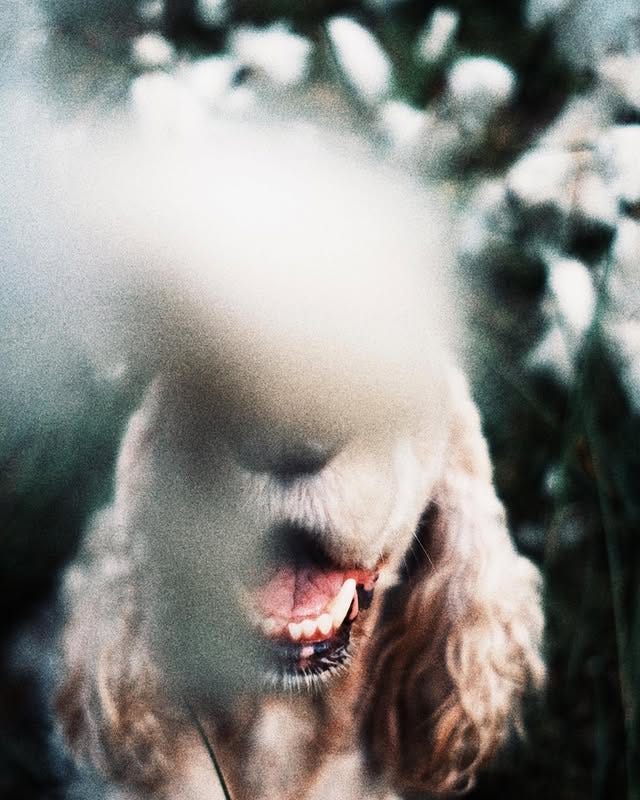
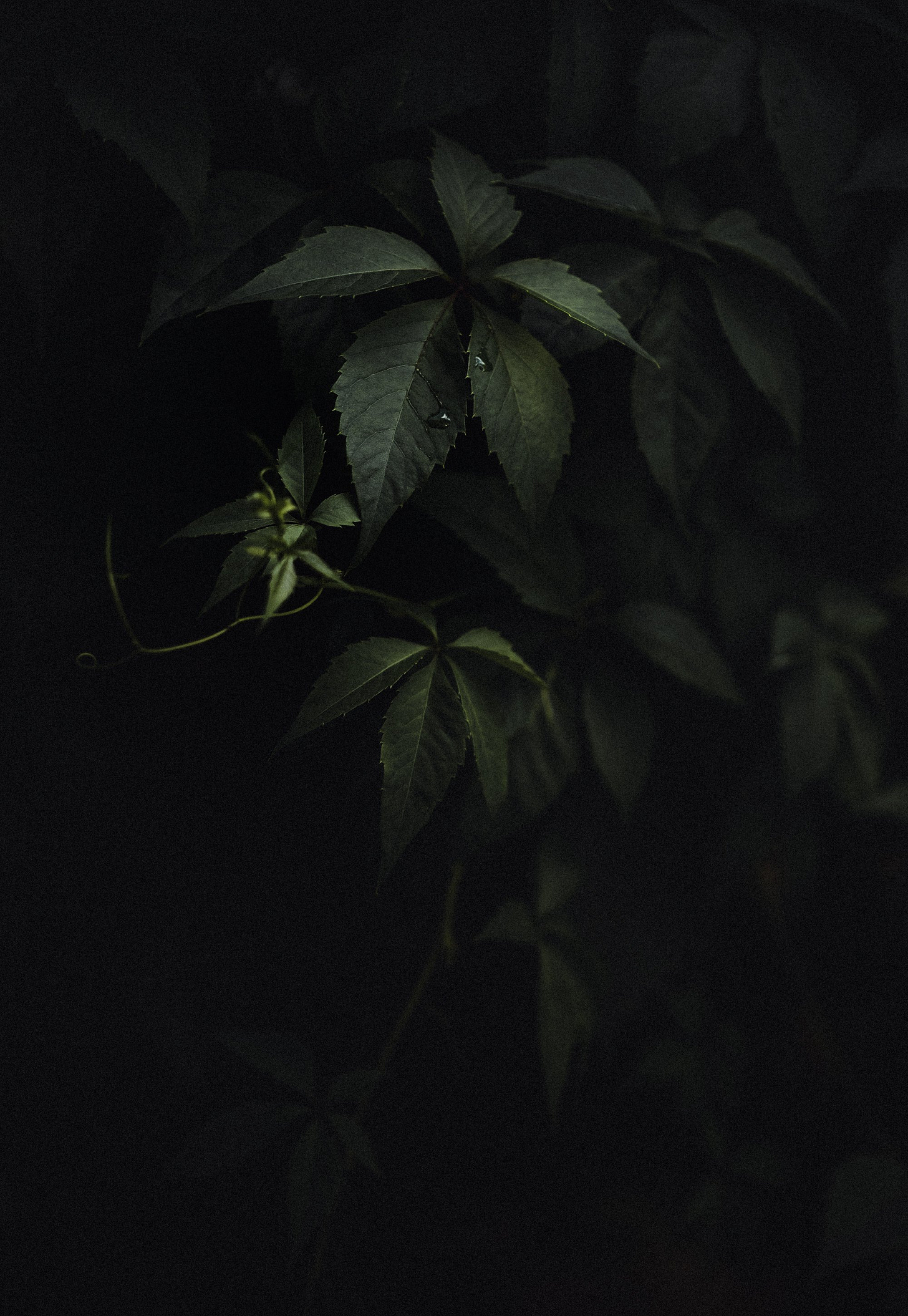
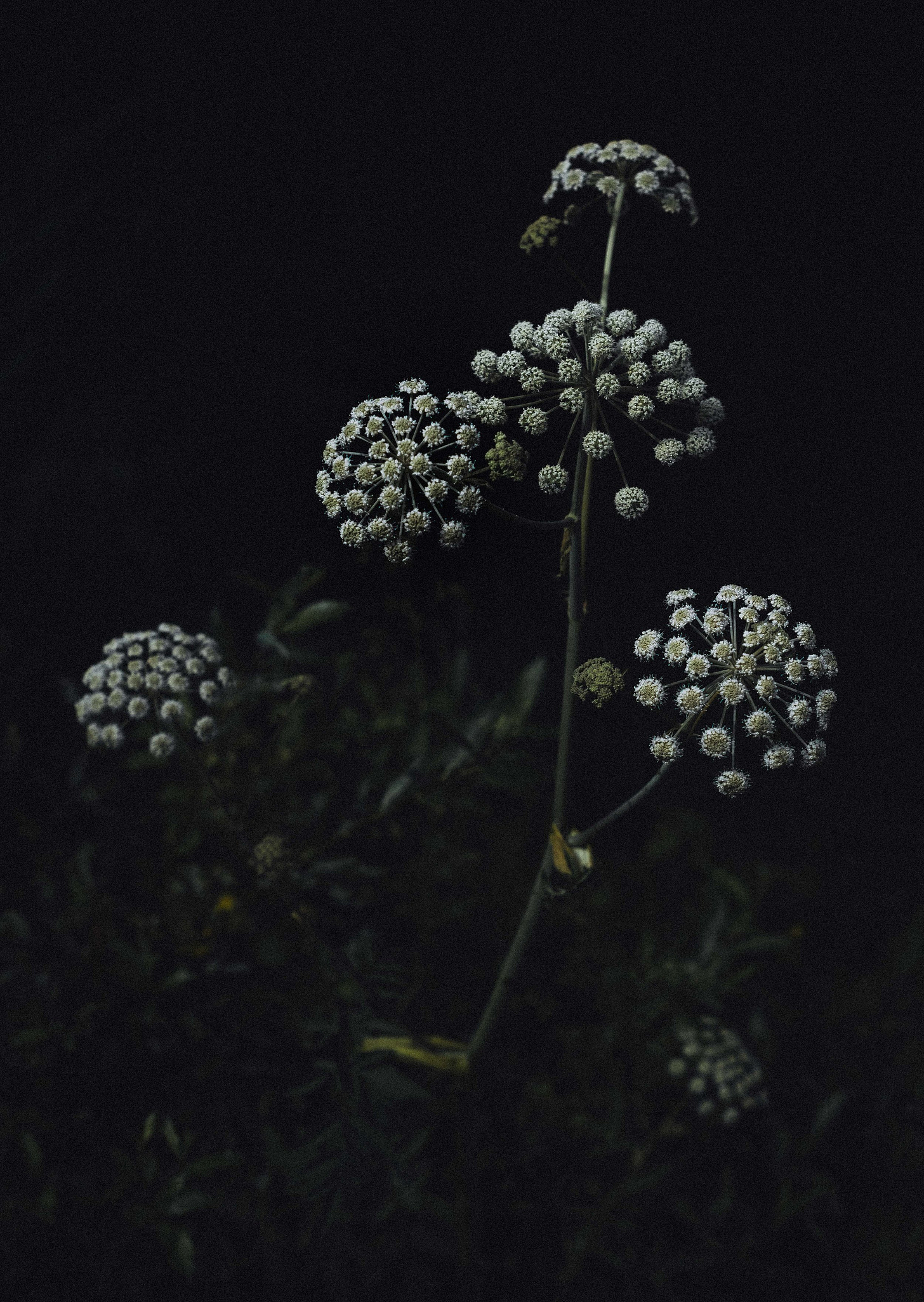
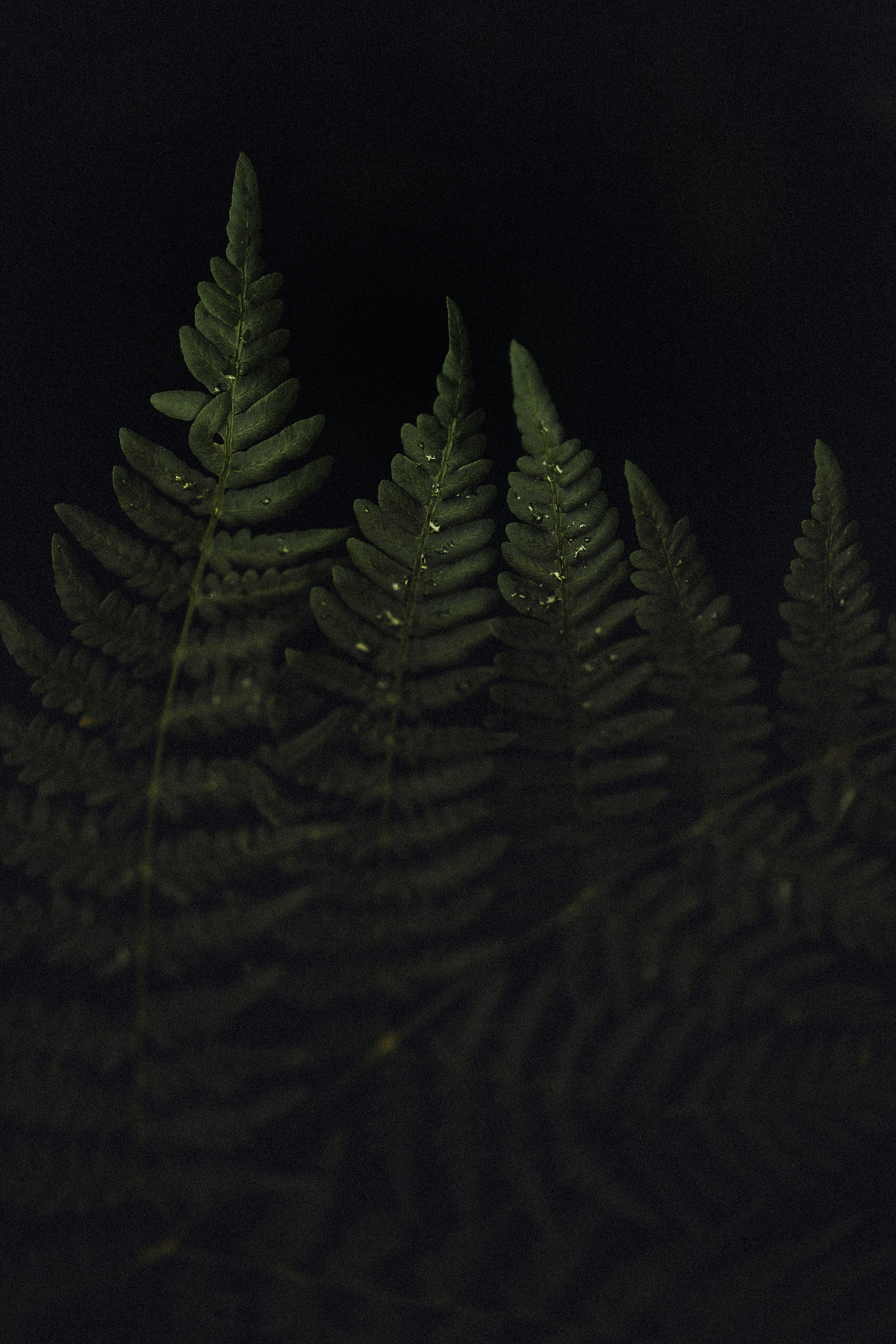
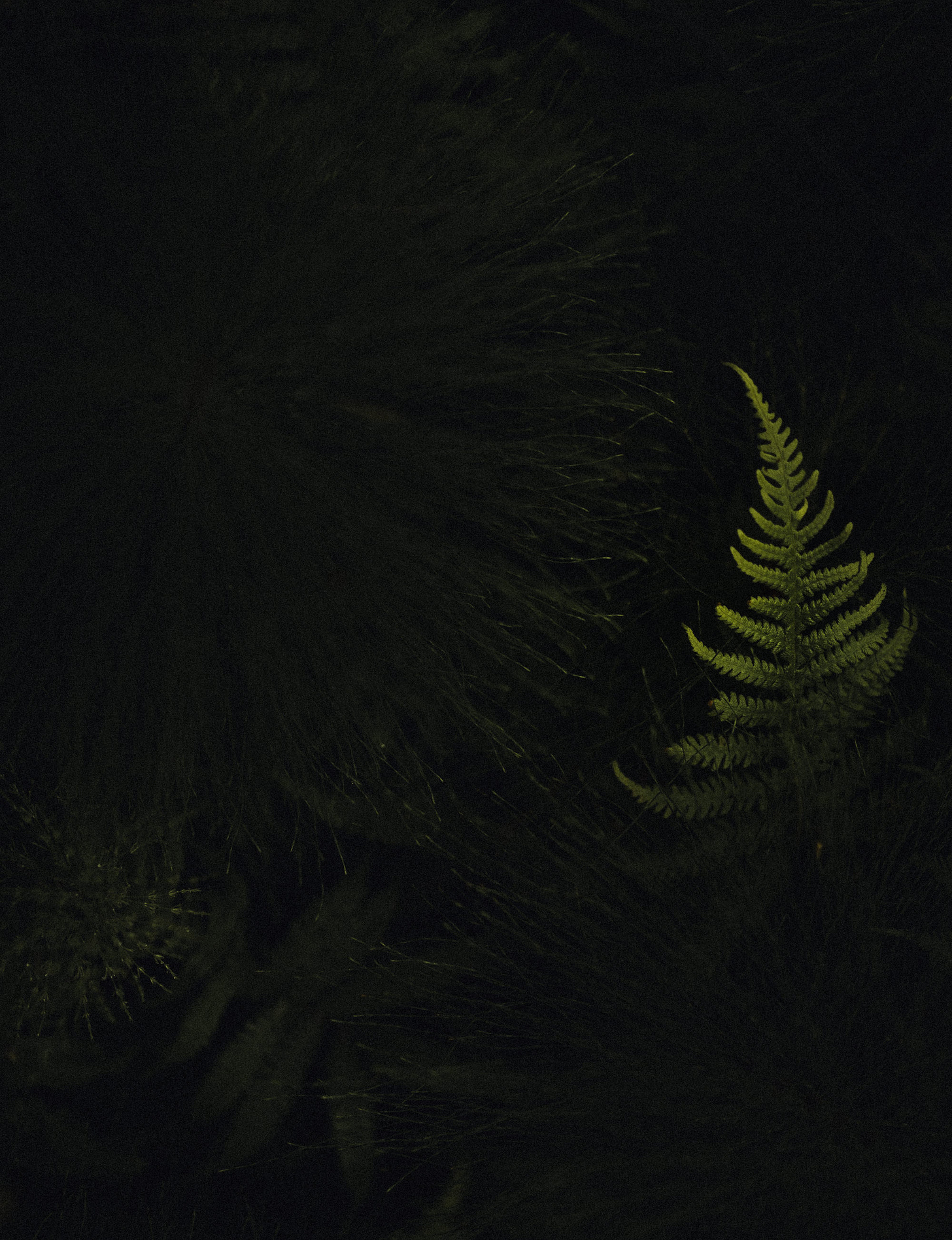



I love your images, stunning. I understand your love for moody plants because i love them too. They make amazing images. Where can i find more of your moody plant images?
Such wonderful mood